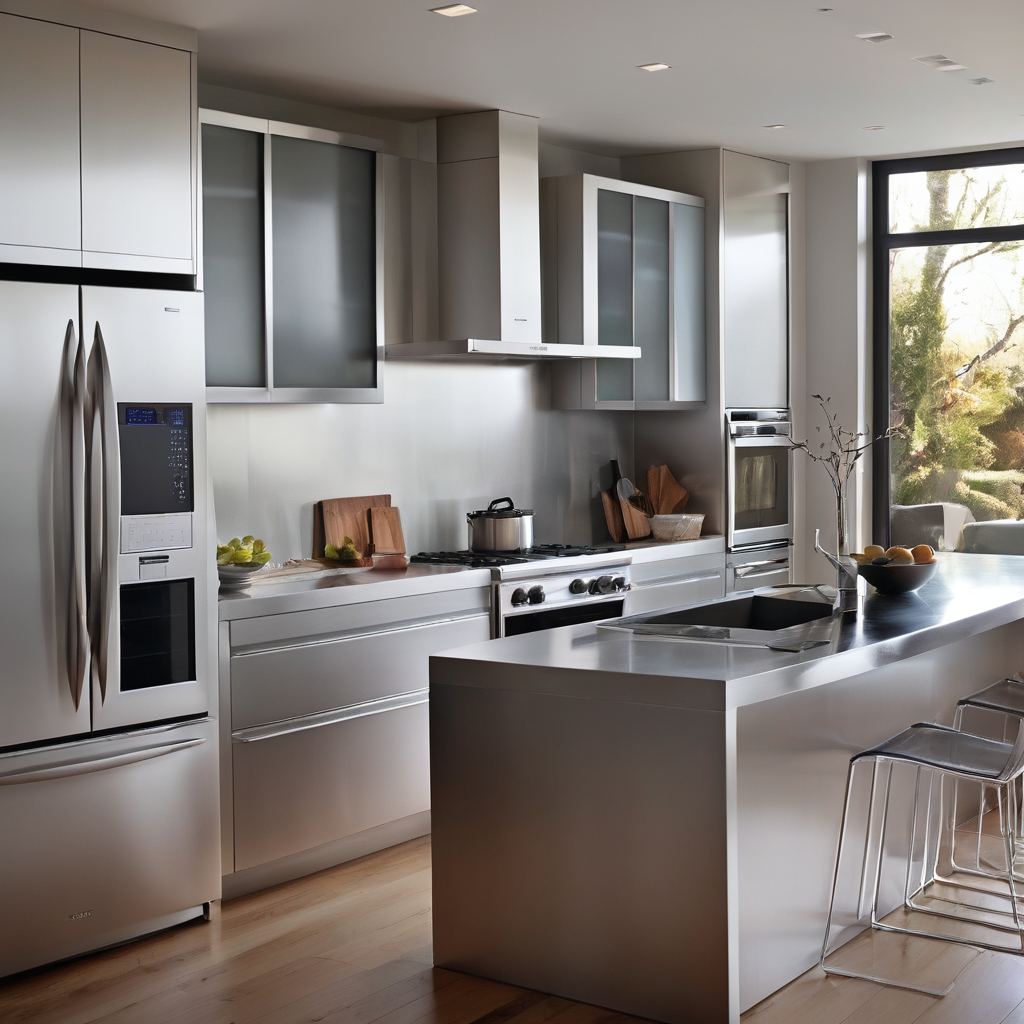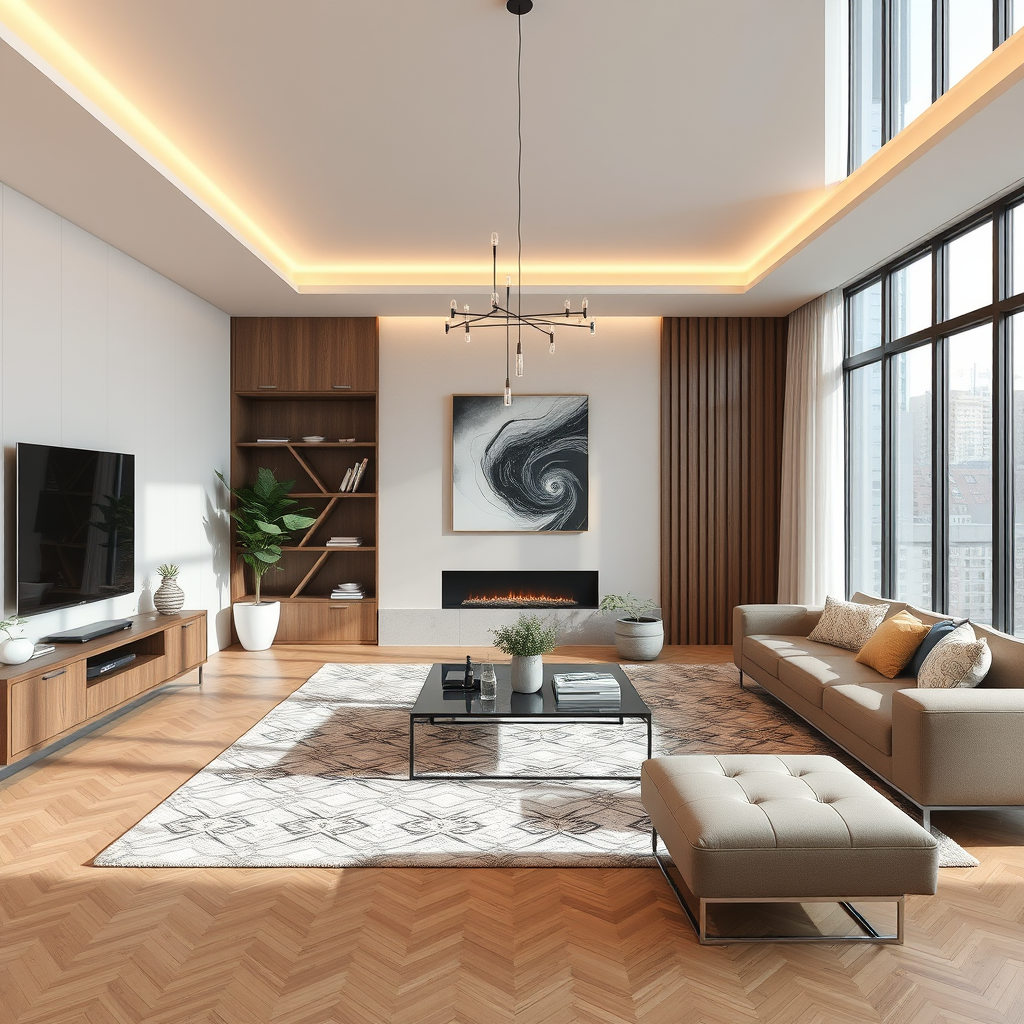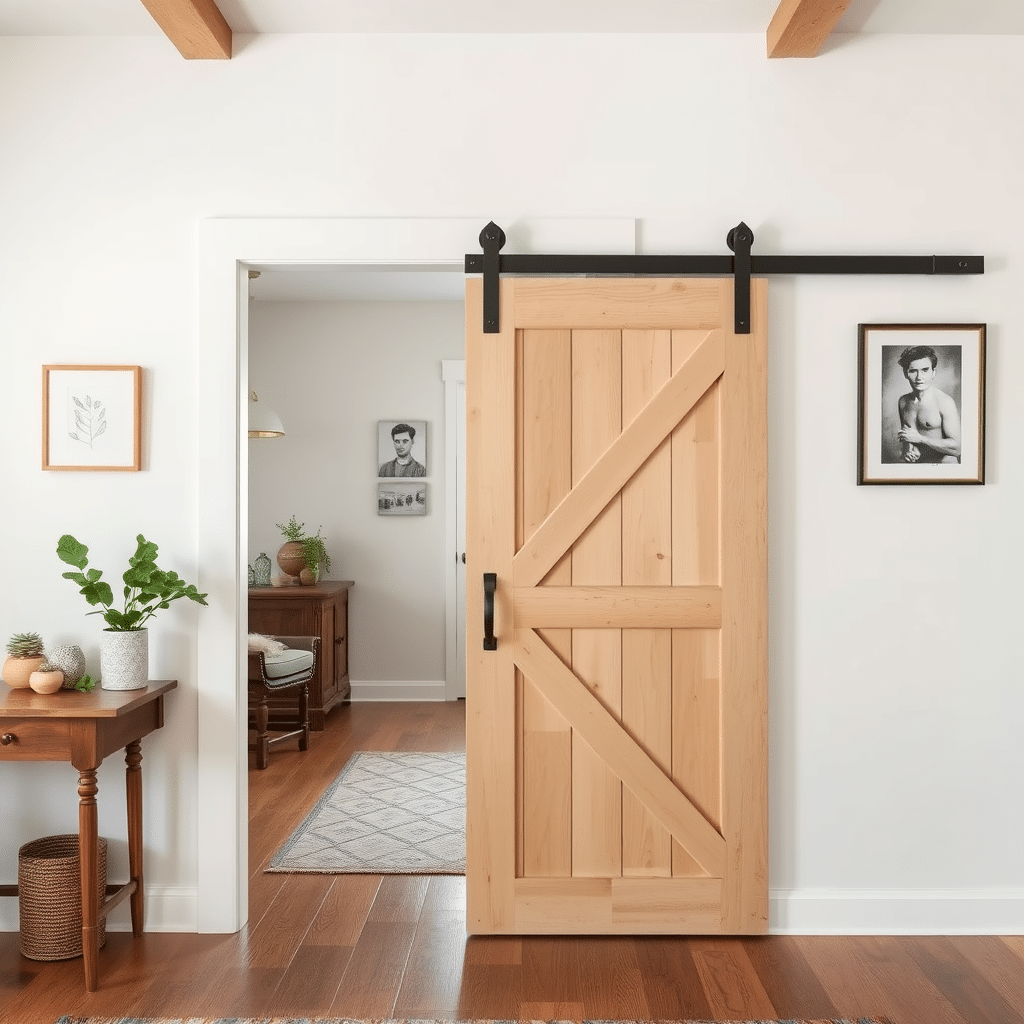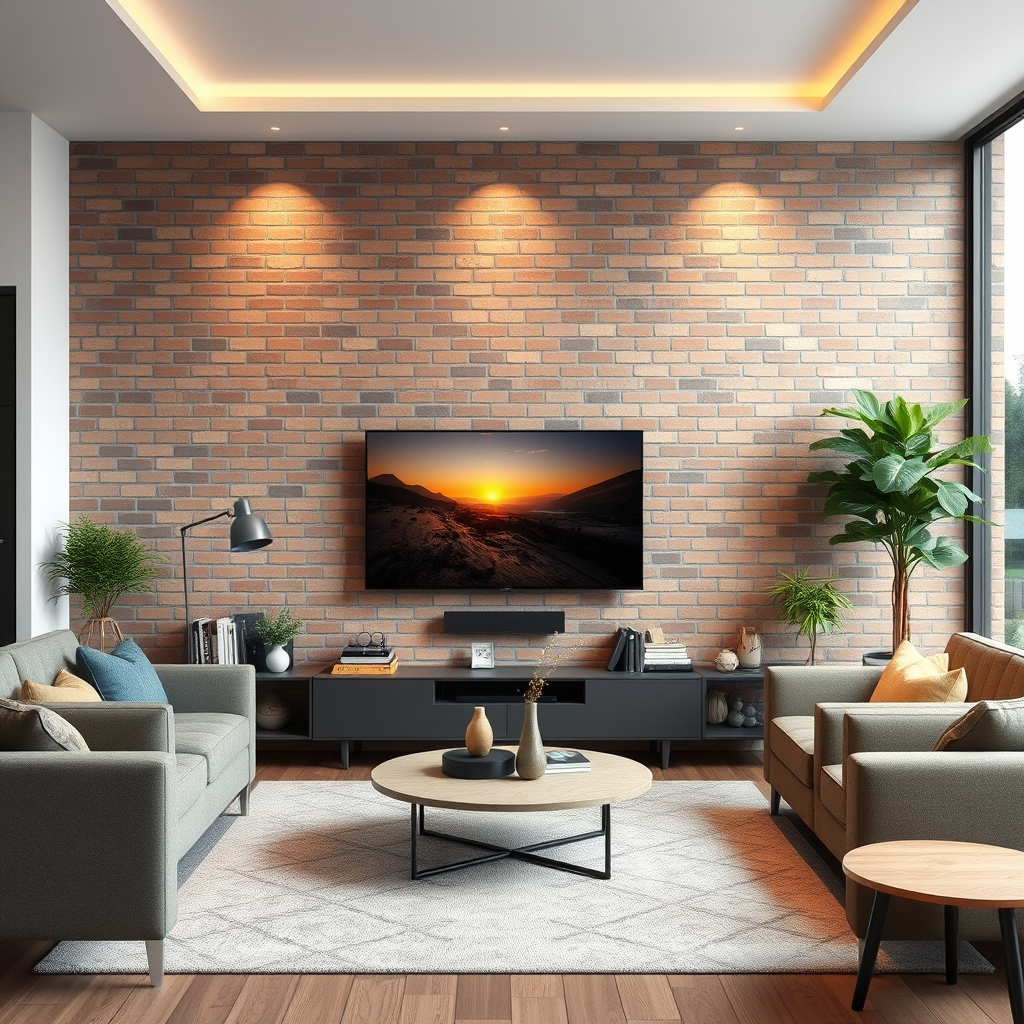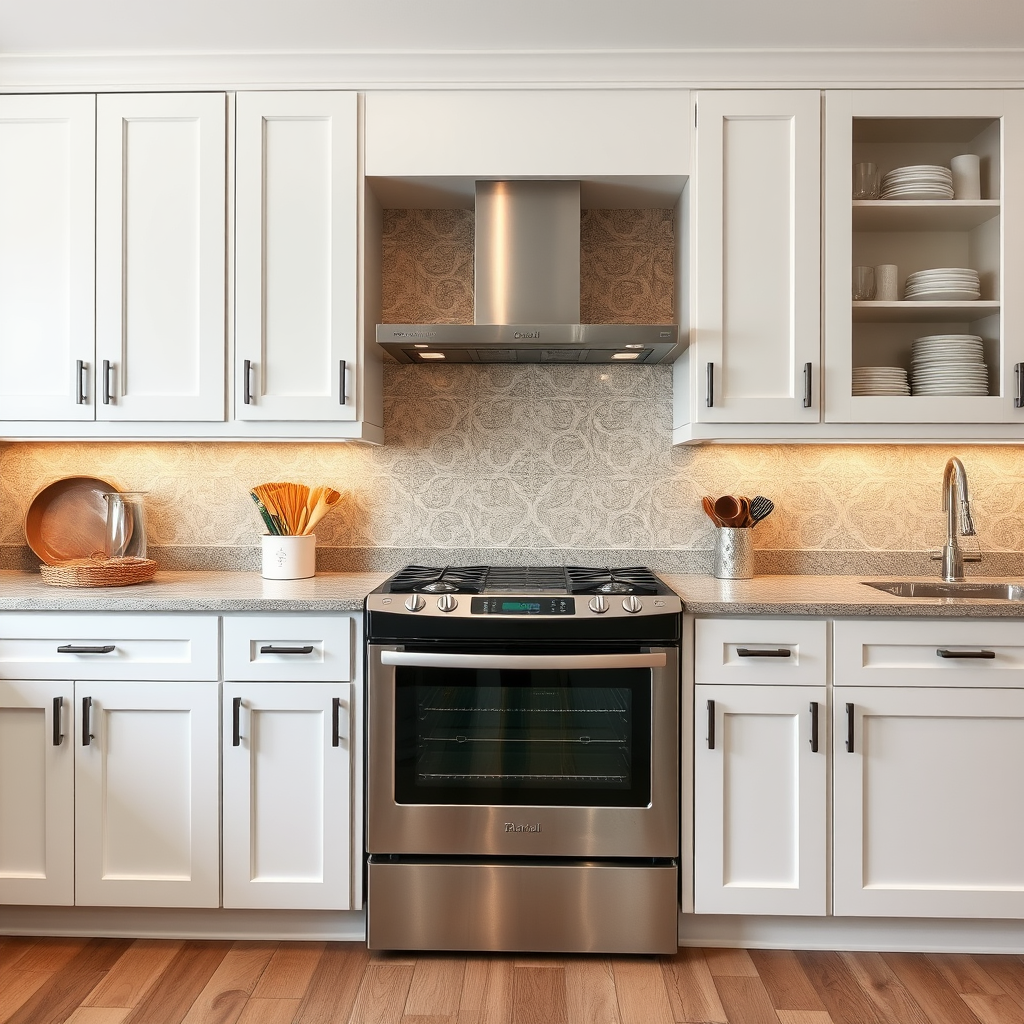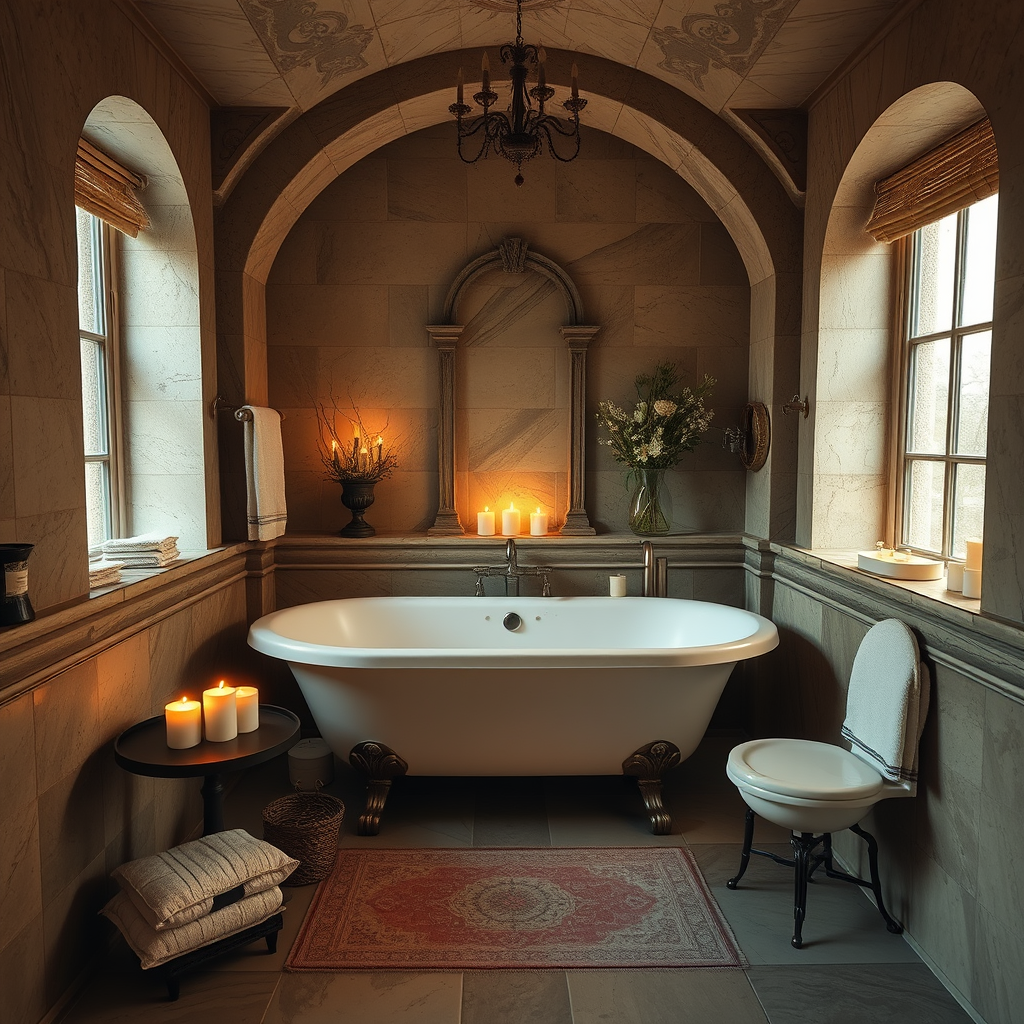The kitchen is the heart of the home, where meals are prepared, memories are made, and conversations flow freely. Designing the perfect kitchen requires a delicate balance between functionality and style. From layout to appliances, every detail contributes to creating a space that is not only aesthetically pleasing but also highly efficient and practical.
1. **Layout**: The layout of your kitchen sets the foundation for its functionality. The classic work triangle—connecting the sink, stove, and refrigerator—remains a popular choice for its efficiency. However, modern kitchens often incorporate additional zones, such as a prep area or a dedicated space for coffee making. Consider the size and shape of your kitchen space when determining the most suitable layout.
2. **Storage**: Ample storage is essential for keeping your kitchen organized and clutter-free. Incorporate a mix of cabinets, drawers, and pantry space to accommodate various kitchen essentials. Customized storage solutions, such as pull-out racks and drawer dividers, maximize every inch of space and make it easier to access items.
3. **Countertops**: Choose durable and easy-to-maintain countertops that can withstand the demands of daily cooking and food preparation. Granite, quartz, and marble are popular choices for their durability and timeless appeal. Consider the amount of counter space needed for meal prep, cooking appliances, and other tasks.
4. **Appliances**: Selecting the right appliances is crucial for both functionality and style. Invest in high-quality, energy-efficient appliances that meet your cooking needs and complement your kitchen’s aesthetic. Stainless steel appliances add a sleek and modern touch, while integrated appliances create a seamless look by blending into cabinetry.
5. **Lighting**: Proper lighting enhances the functionality and ambiance of your kitchen. Incorporate a mix of task lighting, such as under-cabinet lights and pendant fixtures, to illuminate work areas and highlight focal points. Consider installing dimmer switches to adjust the lighting based on the time of day and mood.
6. **Finishes and Fixtures**: Pay attention to the finishes and fixtures to tie the design elements together seamlessly. Choose cohesive hardware, such as cabinet knobs and drawer pulls, that complement the style of your kitchen. Select faucets and sinks that are both functional and visually appealing, adding a touch of elegance to the space.
7. **Personalization**: Infuse your personality into the design by incorporating elements that reflect your lifestyle and preferences. Whether it’s a pop of color in the backsplash, a statement lighting fixture, or custom cabinetry, adding personal touches makes the kitchen feel uniquely yours.
8. **Flow and Accessibility**: Ensure smooth traffic flow and accessibility within the kitchen by allowing ample space between work areas and ensuring that key appliances are easily reachable. Consider incorporating features such as a kitchen island with seating or a breakfast nook for added functionality and comfort.
In conclusion, designing the perfect kitchen requires careful consideration of both form and function. By focusing on layout, storage, appliances, lighting, finishes, personalization, and accessibility, you can create a space that is not only beautiful but also highly efficient and tailored to your needs. Whether you prefer a sleek and modern aesthetic or a cozy and traditional feel, the key is to strike a balance that reflects your style and enhances your culinary experience.

